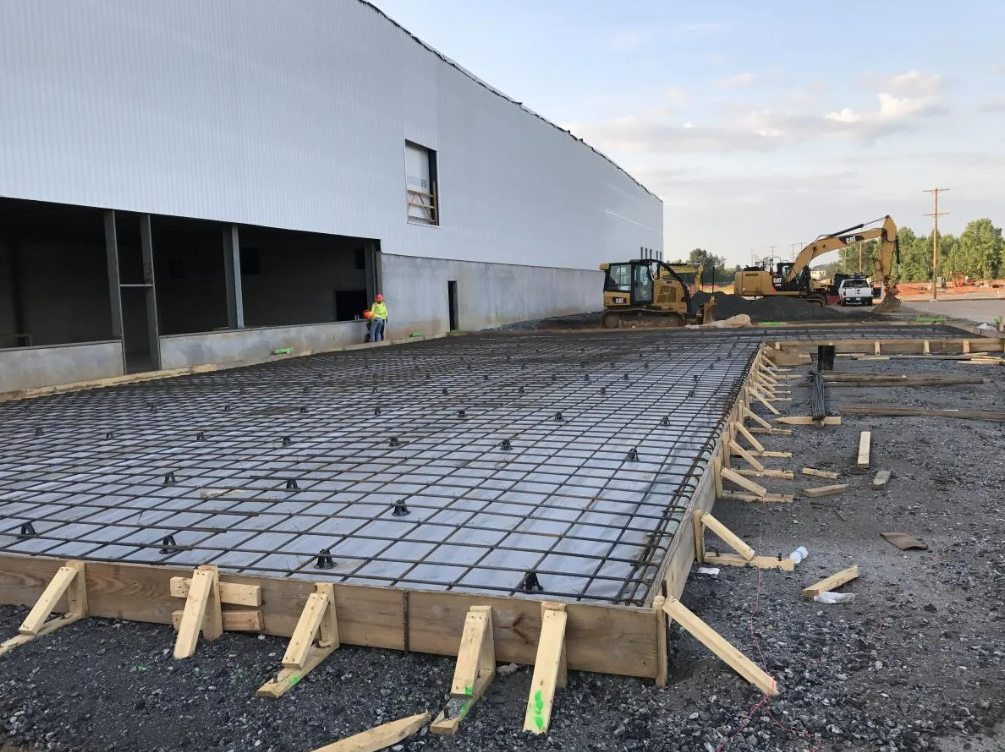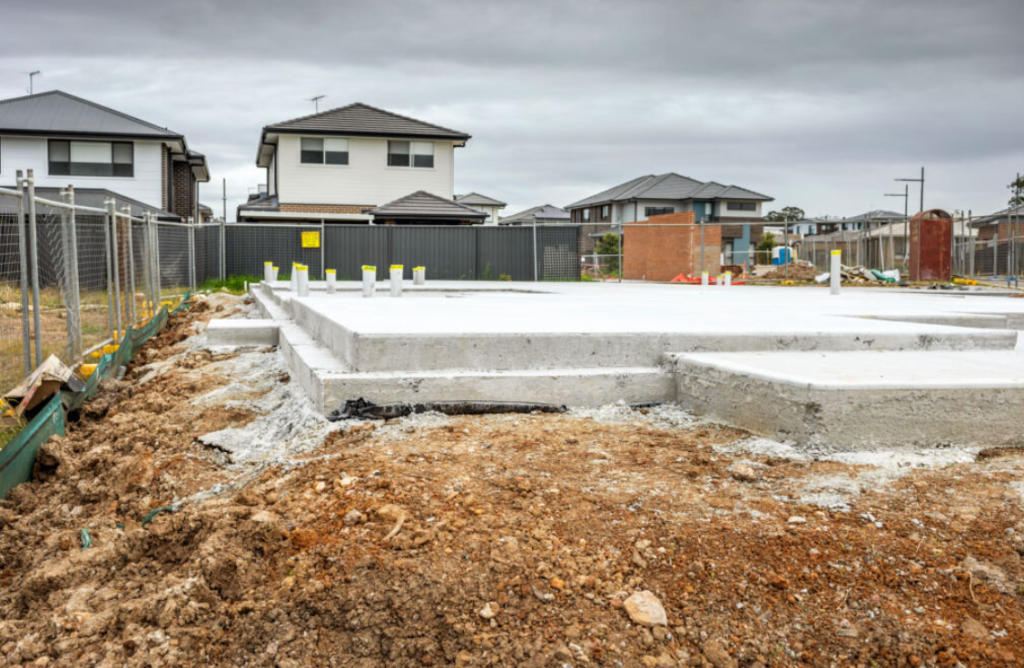Learn everything about foundation repair, from common warning signs to repair methods and prevention tips. Understand when to act and how to choose the right contractor. Have you ever noticed cracks in your walls or doors that don’t close properly? These small signs might mean something serious is happening underneath your house. The ground below your home plays a big role in keeping everything stable. When something goes wrong there, it could affect the whole structure. This is where understanding the basics of foundation problems becomes very important.
This blog will walk you through the most common warning signs, causes, and ways to fix issues that can weaken your home’s base. Let’s dive into the details.
Signs Your Foundation Might Be in Trouble
The earlier you catch problems with your foundation, the better. Here are some warning signs to watch out for:
- Cracks in interior or exterior walls
- Uneven or sagging floors
- Gaps around windows and doors
- Doors that stick or won’t latch
- Water in the basement or crawl space
These are all signs that something might be shifting beneath your home. It doesn’t always mean major damage, but ignoring it can lead to bigger problems later.
What Causes Foundation Damage?
Several things can lead to foundation trouble. In many cases, it starts with the soil.
1. Poor Soil Conditions: Some types of soil, like clay, expand and shrink depending on how wet or dry they are. This movement can cause your home’s foundation to shift.
2. Water Problems: Heavy rain, poor drainage, or plumbing leaks can all cause soil erosion. If water stays near your foundation for too long, it may weaken the structure.
3. Tree Roots: Roots from nearby trees can grow under your house, causing cracks and uneven floors.
4. Poor Construction: Sometimes, a home is built on a weak or unstable base, which can lead to issues down the line.
Understanding the cause is the first step to finding the right fix.
Different Types of Foundation Repairs
There are a few main ways professionals deal with damaged foundations, depending on how bad the problem is.
1. Slabjacking or Mudjacking
This method is used to raise concrete slabs that have sunk. A mixture is pumped under the slab to lift it back into place. It’s common for driveways, walkways, and small foundations.
2. Piering or Piling
This solution involves installing metal or concrete piers under the home. These piers go deep into the ground to support the structure. It’s more permanent and is often used when there is serious movement.
3. Sealing and Waterproofing
If water is the main issue, sealing cracks and improving drainage may be enough. Keeping water away from your foundation is key to preventing future damage.
Choosing the right type of foundation repair depends on a proper inspection from an expert.
Why Quick Action Matters
Delaying repairs can lead to more damage, higher repair costs, and even unsafe living conditions. A small crack today could turn into a major problem in a few months. For homeowners, this means added stress and lower property value.
It’s important to remember that foundation problems don’t fix themselves. Taking action early can help protect your home and your wallet in the long run.
Cost of Foundation Repair
The cost of foundation repair varies based on the size of your home and the severity of the damage. Minor repairs like crack sealing may cost a few hundred dollars, while more serious repairs involving piers could run into the thousands.
Other cost factors include:
- Type of foundation (slab, crawl space, basement)
- Location of damage
- Type of repair needed
- Access to the damaged area
It’s best to get a detailed quote from a trusted contractor. Some may even offer free inspections.
How to Prevent Foundation Issues
Good maintenance habits can help prevent future problems. Here’s what you can do:
- Keep Gutters Clean: Make sure rainwater flows away from your home.
- Install Proper Drainage: Consider French drains or sump pumps if water pools around your house.
- Water the Soil During Droughts: This keeps the ground from drying out and shrinking.
- Inspect Regularly: Check for cracks, leaks, and gaps around windows and doors.
Simple steps like these can go a long way toward protecting your home’s foundation.
Choosing the Right Contractor
If you’re dealing with any foundation issues, always hire a licensed contractor with experience. Look for:
- Positive online reviews
- Proof of insurance and licensing
- Clear warranty options
- Free inspection and detailed estimate
A trustworthy contractor will explain the process clearly and answer all your questions. Don’t rush the decision take your time to research and compare options.
Final Thoughts
Your home is one of your most important investments, and the foundation is what holds it all together. If you notice signs of trouble, don’t ignore them. Getting a professional opinion and planning the right foundation repair can save you time, money, and stress in the future.
It’s all about staying informed and taking action at the right time. Whether it’s a small crack or something bigger, always take it seriously and protect what matters most to your home.
FAQs
1. What causes cracks in the foundation?
Cracks can form due to soil movement, water damage, tree roots, or poor construction.
2. Can all foundation problems be fixed?
Yes, most issues can be repaired with the right method, but early action is crucial.
3. Is foundation repair covered by insurance?
Sometimes. If damage is caused by a covered event (like flooding or plumbing leaks), your policy might help.
4. How long does foundation repair take?
It depends on the damage. Some repairs take a day or two, while others can last a week or more.
5. Is foundation repair always expensive?
Not always. Minor issues can be affordable. A proper inspection will help you understand the cost.




